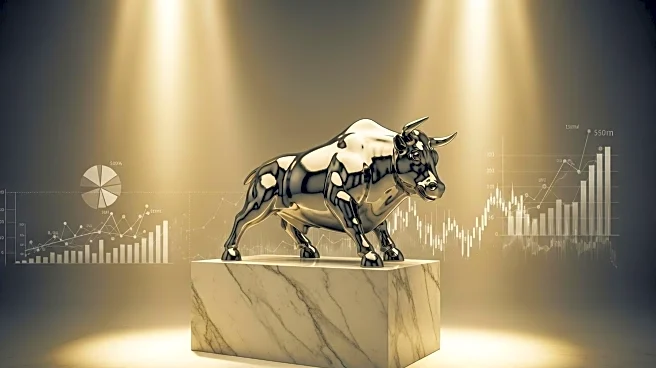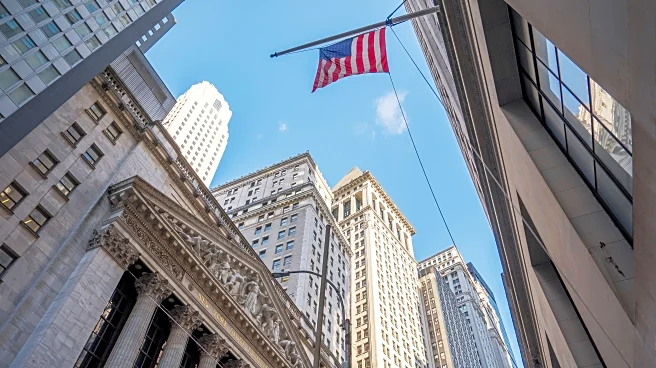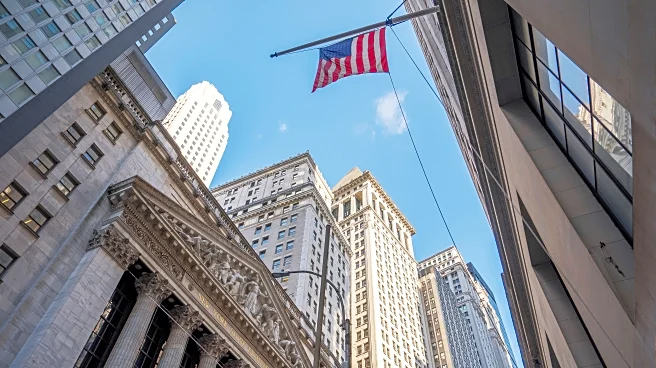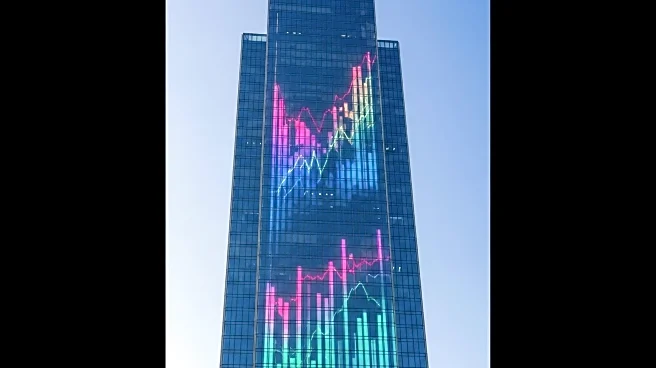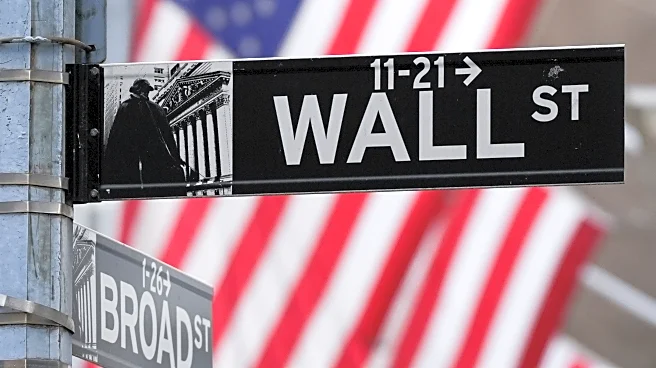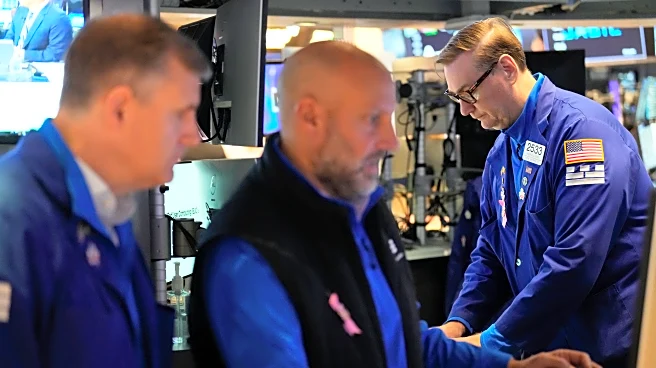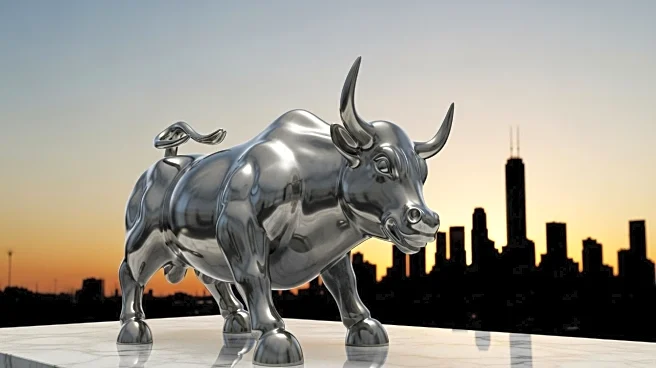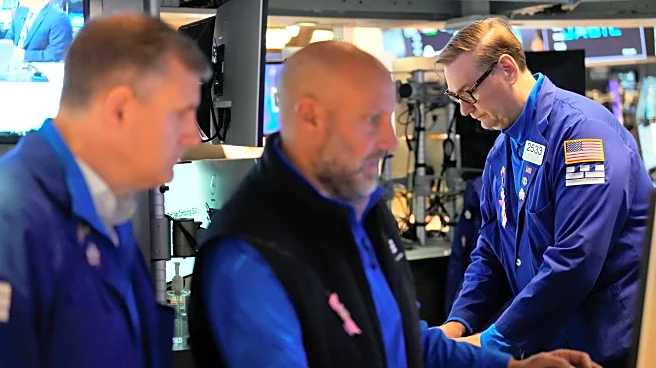What is the story about?
What's Happening?
The major U.S. stock indexes, including the S&P 500, Dow Jones, and Nasdaq, have reached new all-time highs despite the ongoing U.S. government shutdown. The S&P 500 is projected to potentially hit 7,000 by the end of the year, according to market analyst Tom Lee. This surge in stock prices is occurring even as the U.S. labor market shows signs of weakness, with year-to-date hiring down 58% from the previous year, marking the lowest level since 2009. Despite these economic challenges, investors remain optimistic, driven by enthusiasm for artificial intelligence and other market factors.
Why It's Important?
The record highs in the stock market highlight a disconnect between Wall Street and the broader economic indicators, such as the labor market and government operations. This situation underscores the resilience of investor sentiment, particularly in sectors like technology, which continue to drive market gains. The ongoing government shutdown could have adverse effects on economic growth, as noted by Treasury Secretary Scott Bessent, but the stock market's performance suggests that investors are currently unfazed. This trend could have significant implications for economic policy and investor strategies moving forward.
What's Next?
As the government shutdown continues, its potential impact on economic growth remains a concern. However, if the stock market maintains its upward trajectory, it could bolster investor confidence and influence future Federal Reserve decisions regarding interest rates. Market analysts will be closely monitoring any developments in government negotiations and labor market data, as these factors could affect the stock market's performance in the coming months.
AI Generated Content
Do you find this article useful?





